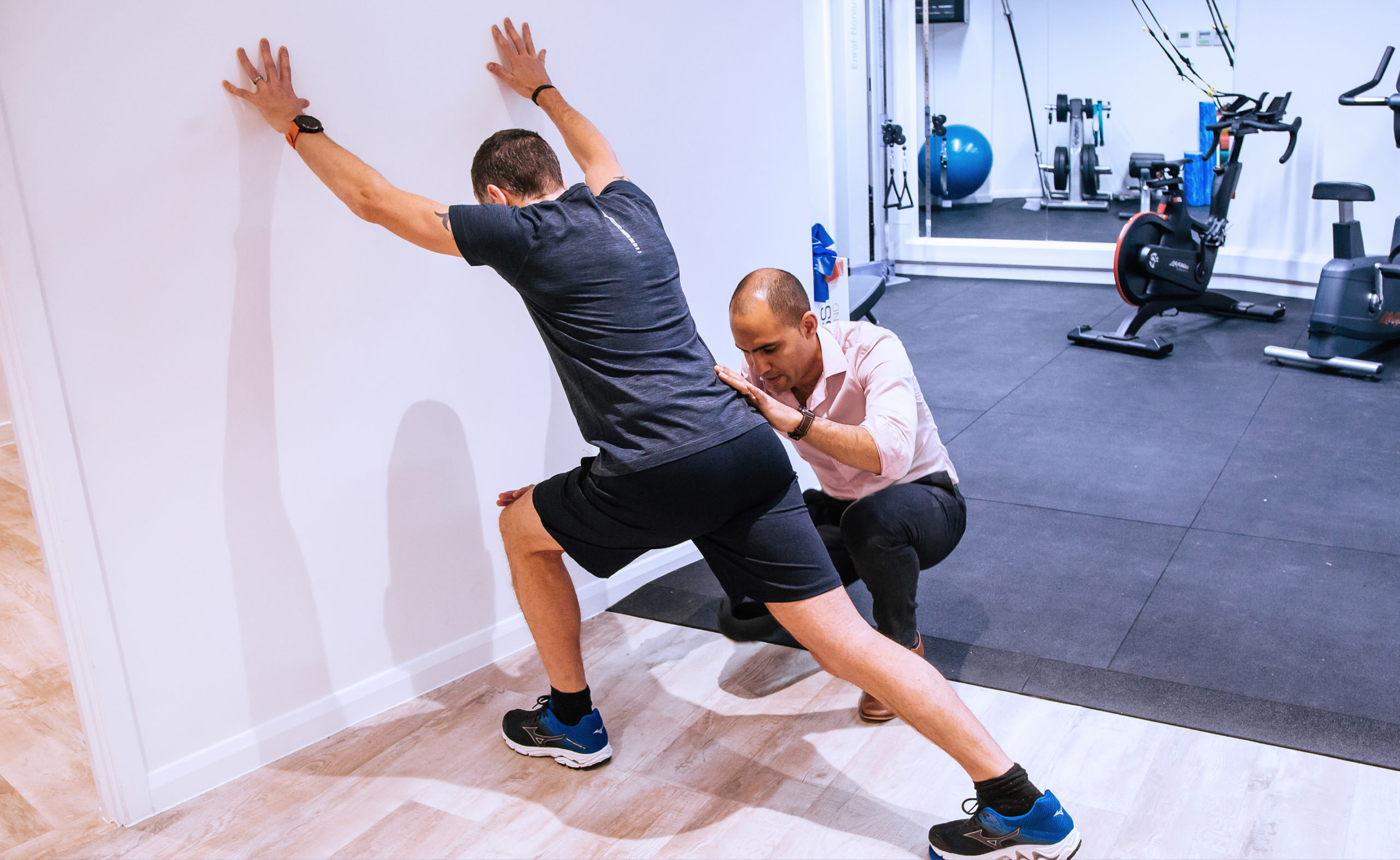New Year, new me… new injury? That’s definitely not what any of us want to be saying when we’re trying to get back into healthy routines this year.
To avoid any unwanted niggles… or worse… we’ve put together our top tips for easing back into exercise after the indulgences of the festive season and how to avoid any setbacks this January.
Gradually build back up
If your starting base is sitting around a fireplace eating and drinking, attempting a half marathon or going full tilt at the gym isn’t the right way to resume your exercise regime. Even if your goal is a little less extreme than that, you’ll need to manage your own expectations about what you can achieve in the first few sessions. Just because you could run 5km before Christmas, doesn’t mean that is where you should start if you haven’t even put your trainers on for a few weeks!
Make sure you ease into exercise and gradually build up your capacity. Creating a manageable plan for yourself (or in conjunction with your physio or trainer) is smart so that you have little milestones to work towards and can track your progress without hurting yourself.

Go for variety
Instead of hammering the same muscles by doing the same thing every day, it’s best to change it up. If you did strength training one day, why not opt for cardio the next? Not only will this keep your workouts interesting, it will also mean you won’t end up setting yourself back in the first session with a stress injury.
The new year is also a great time to pick up a new hobby, so if there’s a new activity or type of exercise you’ve always wanted to try, why not go for it now? Start that new sport, join a gym, or buy the bike you’ve always dreamed about! Just be cautious starting out and don’t overdo it.

Include some incidental exercise
Getting back into exercise doesn’t need to be a huge slog. As part of building back up gradually, why not include as much incidental exercise as possible? This will help you get fitter faster, without you even realising.
Incidental exercise could look like taking the stairs instead of the elevator or switching your Tube commute out for a cycle instead. Or even something as simple as walking to the cafe that’s slightly further away during your lunch break rather than opting for the closest one to the office.

Warm up and cool down
Really, these next couple of rules should apply ALL the time when you’re exercising, but if your poor body has been treated to a few weeks of R&R you really need to make sure you’re properly warming up and cooling down after each session.
Especially on a cold wintery morning, a decent warm up should last about 15 minutes and can be anything from a sequence of low-impact mobility exercises, to gentle cardio to get the blood pumping through your body. If you’re doing exercise that will use a specific area of the body more (for example, your legs/feet for running) your warm up should particularly focus on this area.
And cooling down with stretches is equally important. Not only will it help prevent injuries, but it will also allow you to workout harder and better next time, improving your body’s mobility and ability to recover.

Listen to your body (and tailor your workout accordingly)
As a general rule, the difference between good pain (you’re challenging yourself) compared with bad pain (you’re injuring yourself) is that good pain should disappear a few seconds after finishing the exercise. So, no matter what you’re doing, make sure you test the waters and listen to your body to make sure what you’re doing isn’t actually at a level of pain that will cause lasting damage.
If you’re concerned, sticking to lower impact exercise like walking or swimming that won’t put as much strain on your joints and muscles is a safe solution — and it’s still great for your health and fitness.

Book a fitness assessment with your physio
Booking a fitness assessment with one of Spectrum’s physio is a great idea if you want a dedicated ‘return to exercise’ plan, or simply want to find out what sort of prehab you could be doing to prevent injuries. Of course, everything we do is personalised to your body, taking into account genetics and any pre-existing injuries or conditions you may have. What works for one person returning to exercise, won’t be the same for the next.
We can also offer you a gait analysis, which investigates how your foot strikes the ground and how your whole body moves when you walk or run. From here, we can make customised recommendations as to how you can optimise your gait — everything from alterations in how you move your body to what trainers you should be wearing — minimising your chance of strain or injury.
Thinking about getting back into exercise this year? Book a fitness assessment with us for a guaranteed appointment within 24 hours.



